These data suggest that the high health status of pigs on Swedish farms may be an important factor that has contributed to their success in rearing pigs with intact tails.
To what extent does the trough space influence the incidence of caudophagy? In a study conducted in 233 Swedish fattening units, it was determined that restricted liquid feeding with troughs < 30 cm/pig was associated with a higher incidence of caudophagy, while with troughs > 34 cm/pig this incidence did not increase. Health status It […]
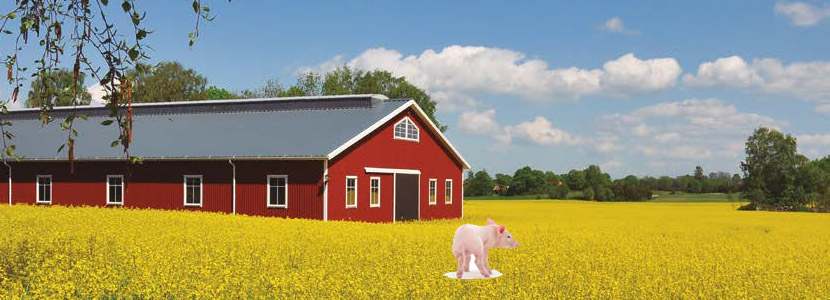
To what extent does the trough space influence the incidence of caudophagy?
In a study conducted in 233 Swedish fattening units, it was determined that restricted liquid feeding with troughs < 30 cm/pig was associated with a higher incidence of caudophagy, while with troughs > 34 cm/pig this incidence did not increase.

It is well known that caudophagy can lead to inflammation and systemic infections due to exposure of the lesion to bacteria, and there are numerous reports linking tail injuries to other pathological findings such as abscesses, arthritis and lung lesions.
Although there is no clear evidence that poor health status is a predisposing factor for caudophagy, it is believed that it may be a risk factor.
Sweden is free of Aujeszky’s disease and PRRS, and health surveillance programmes reveal that cases of salmonellosis and swine dysentery are rare.
Vaccination programmes typically include vaccination against PCV2 and Mycoplasma hyopneumoniae, and on some farms vaccination against Actinobacillus pleuropneumoniae and/or Lawsonia intracellularis is also carried out.
As regards antibiotic use, when comparing consumption in Sweden, Germany, France and Belgium, Sweden has the lowest consumption.
Post-weaning mortality (mortality between weaning and 30 kg: 2%) and during fattening (1.8%) is also lower in Sweden compared to other countries.
These data suggest that the high health status of pigs on Swedish farms may be an important factor that has contributed to their success in rearing pigs with intact tails.
Another factor that could contribute to the high health status of pigs in Sweden is that Swedish legislation does not allow piglets to be weaned before they are 4 weeks old.
Also, to ensure that no piglets are weaned at less than 28 days of age, most Swedish producers tend to wean at 5 weeks of age.
However, the new regulations allow a maximum of 10% of piglets to be weaned at less than 26 days of age if the farm has a specific health program to ensure that there are no behavioral abnormalities such as caudophagy.

One of the main risk factors for caudophagy is the lack of straw supply. It has been shown that this material stimulates the exploratory behavior of pigs and reduces the incidence of abnormal behavior such as caudophagy.
Council Directive 2008/120/EC states that “pigs must have permanent access to sufficient material to enable them to carry out exploration and handling activities, e.g. straw”. Swedish legislation obliges producers to provide a litter of straw that meets their needs for exploration and comfort.
In a survey of Swedish producers, all indicated that they provided manipulable material and 99% of them confirmed that it was straw.
In the case of partial slatted floor systems 29 g straw/pig/day was provided for growing pigs and 50 g straw/pig/day for fattening pigs.
Does providing straw reduce the incidence of caudophagy?
A lower incidence of caudophagy has been observed on farms with a larger supply of straw, and an increase in thatch-directed behaviors and a decrease in redirected behaviors and tail injuries have also been observed .
Although few producers have expressed a desire to increase the amount of straw provided to the pigs, mainly for reasons of hygiene and slurry management, numerous studies carried out in commercial Swedish farms show that the level of hygiene is good, regardless of the straw ration.
In the case of organically production farms, pigs that have been fed silage together with the straw have shown to be able to use the nutrients in the silage and have more moderate reactions to social interactions, and fewer injuries related to aggression have been observed.
Therefore, it is considered that providing silage as part of environmental enrichment can improve the welfare of the pigs.
The form and frequency with which the straw is provided also seems to be important.

Straw is normally delivered manually, although some farms have automated delivery systems. However, although manual delivery takes time, it allows producers to check the absence of mold in the straw bales and to observe and interact with the animals.
Healthy animals get up immediately to explore the straw, allowing sick or limping pigs to be quickly identified.
Can the supply of straw constitute a health risk?
There is some reluctance to use straw as an enrichment material because it can carry pathogenic bacteria and mycotoxins.
However, a German study indicates that straw does not constitute a risk for pigs and is suitable as an enrichment material. Even so, the Swedish government recommends not to import straw from other EU countries.
Does it happen caudophagy in Sweden?
Scoring schemes for the level of caudophagy differ between countries, making it difficult to compare data on this phenomenon.
In the case of Sweden, caudophagy is considered to occur when:



Based on data from slaughterhouses in Sweden, it is estimated that the incidence of caudophagy varies between 1% and 3%:



However, caudophagia can also cause less severe damage, such as swelling or bite marks, which may go unnoticed in the slaughterhouse, and these estimates may be underestimated.
What do Swedish producers think about caudophagy?
The results of a survey of 60 Swedish pig producers show that:




Among the most likely causes of caudophagy, producers highlighted:




Swedish experience shows that measures such as reducing animal density, providing sufficient trough space, having floor only partially covered by slat, restricting maximum levels of harmful gases and regularly providing enrichment material are crucial to successfully rearing pigs with intact tails.
Regarding environmental enrichment, providing materials such as chains or logs, which are more compatible with total slatted floors, do not meet the criteria for manipulable materials (edible and manipulable by several pigs at once).
It would be desirable to modify the design of the pens to provide adequate materials, and to modify the management strategies for caudophagy, both from the point of view of prevention and from the point of view of action in the event of an outbreak.
One of the main challenges in preventing caudophagy without tail docking is the multifactorial nature of this problem. There is no single simple solution, but all the factors involved must be taken into account.
In this respect, it will be essential to develop regulations that take into account the important role of the pigs’ environment in their ability to tolerate stress.
In addition, to prevent caudophagy and eliminate the need to tail docking, it would be important that EU legislation is adjusted to meet the needs of pigs, similar to Swedish legislation, and that compliance by all involved is ensured, even if this means making major changes to current production systems.
Subscribe now to the technical pig magazine
AUTHORS

Bifet Gracia Farm & Nedap – Automated feeding in swine nurseries

The importance of Water on pig farms
Fernando Laguna Arán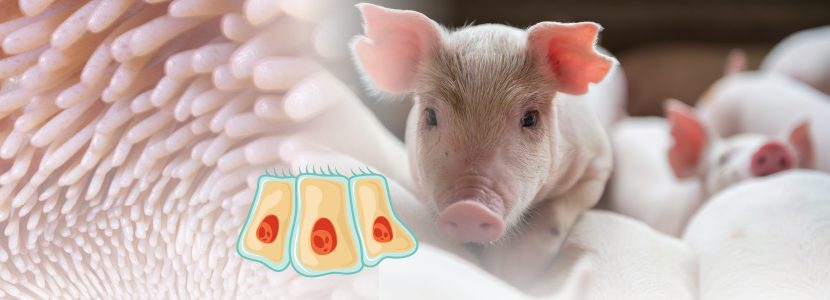
Microbiota & Intestinal Barrier Integrity – Keys to Piglet Health
Alberto Morillo Alujas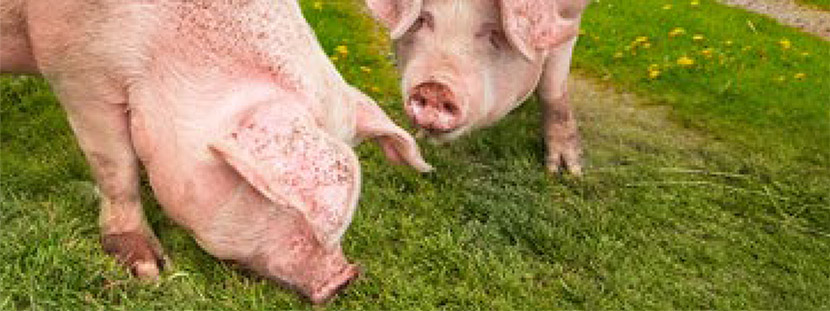
Impact of Reducing Antibiotic use, the Dutch experience
Ron Bergevoet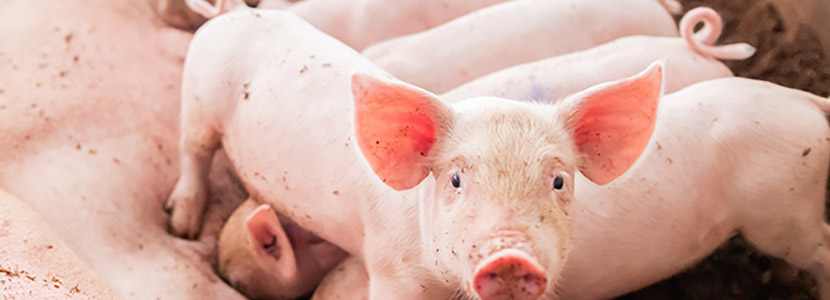
The keys to successful Lactation in hyperprolific sows
Mercedes Sebastián Lafuente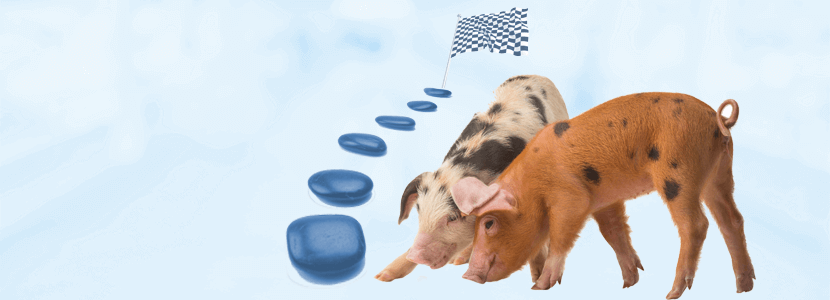
Addressing the challenge of Management in Transition
Víctor Fernández Segundo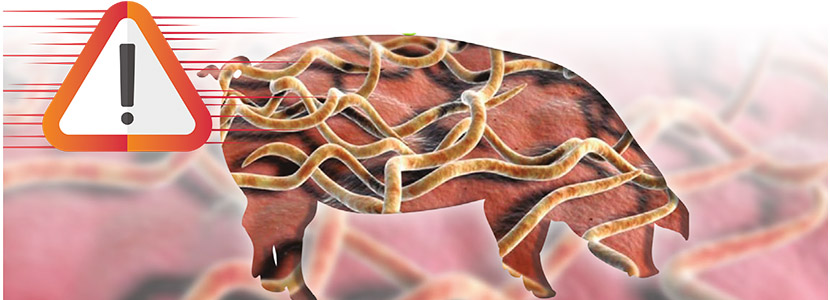
Dealing with the rise of Swine Dysentery
Roberto M. C. Guedes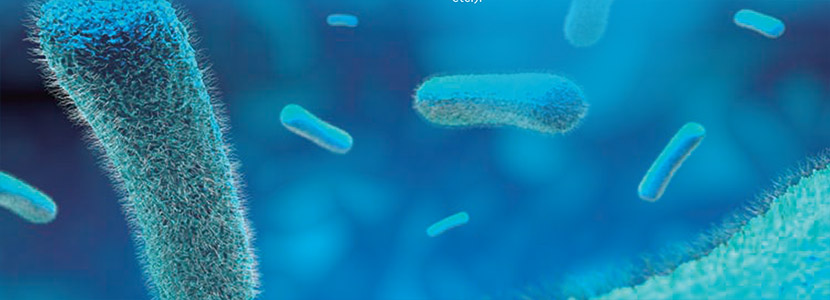
Actinobacillus pleuropneumoniae – What are we dealing with?
Marcelo Gottschalk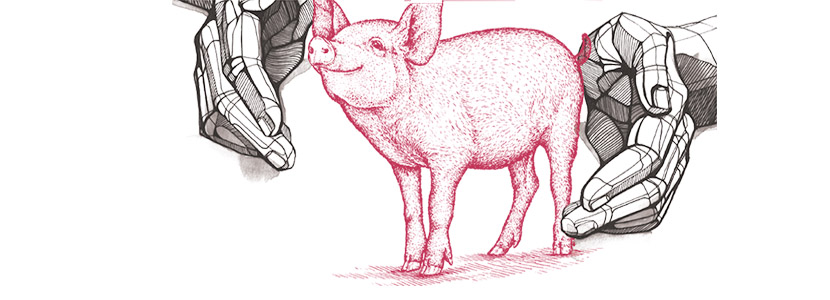
The new era of Animal Welfare in Pig Production – Are we ready?
Antonio Velarde
Gut health in piglets – What can we do to measure and improve it?
Alberto Morillo Alujas
Interview with Cristina Massot – Animal Health in Europe after April 2021
Cristina Massot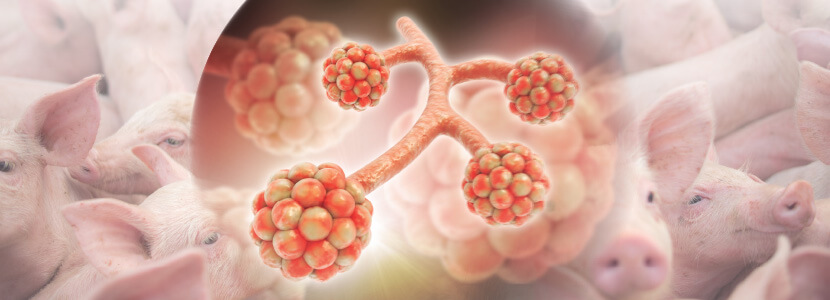
Differential diagnosis of respiratory processes in pigs
Desirée Martín Jurado Gema Chacón Pérez